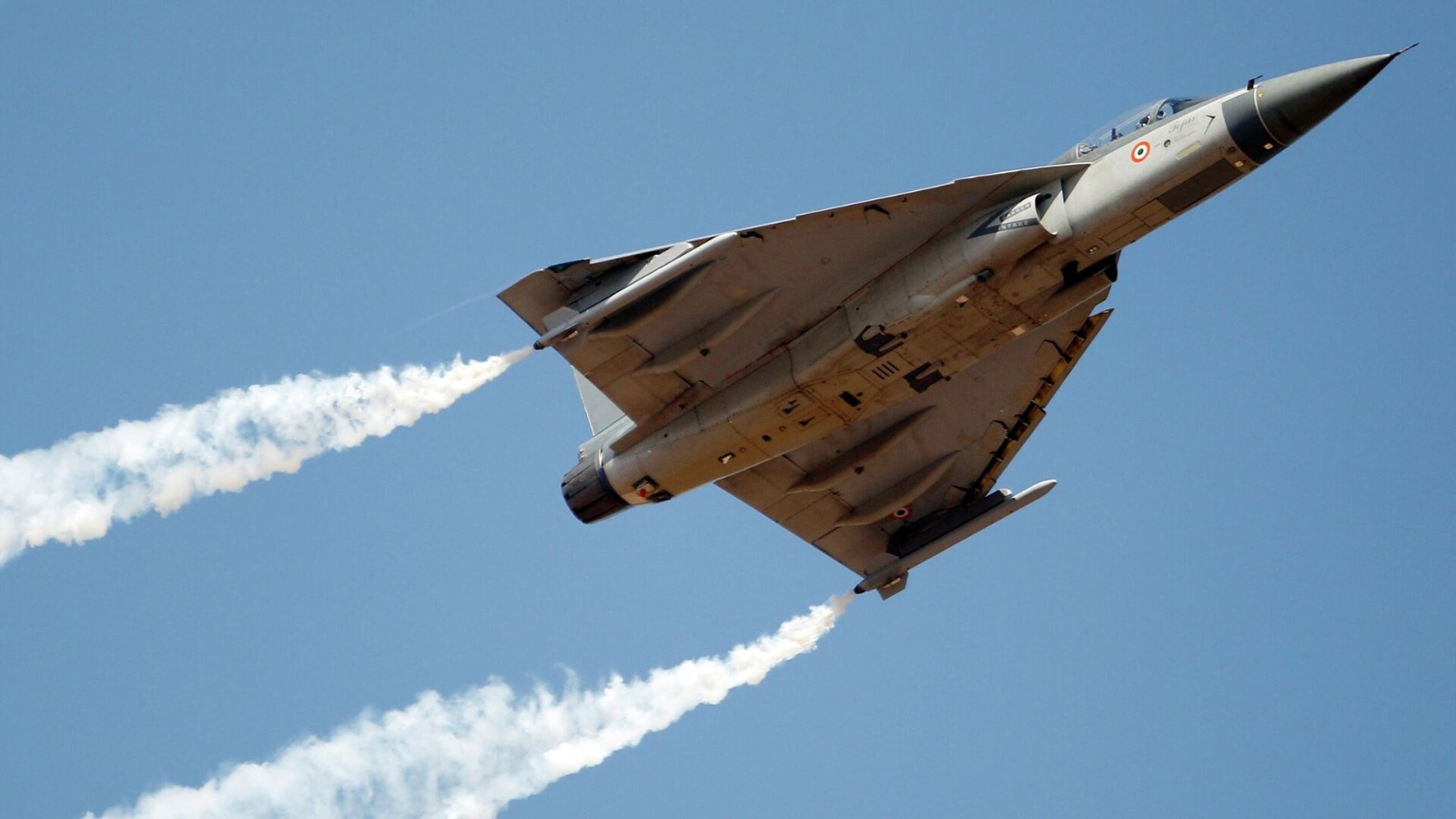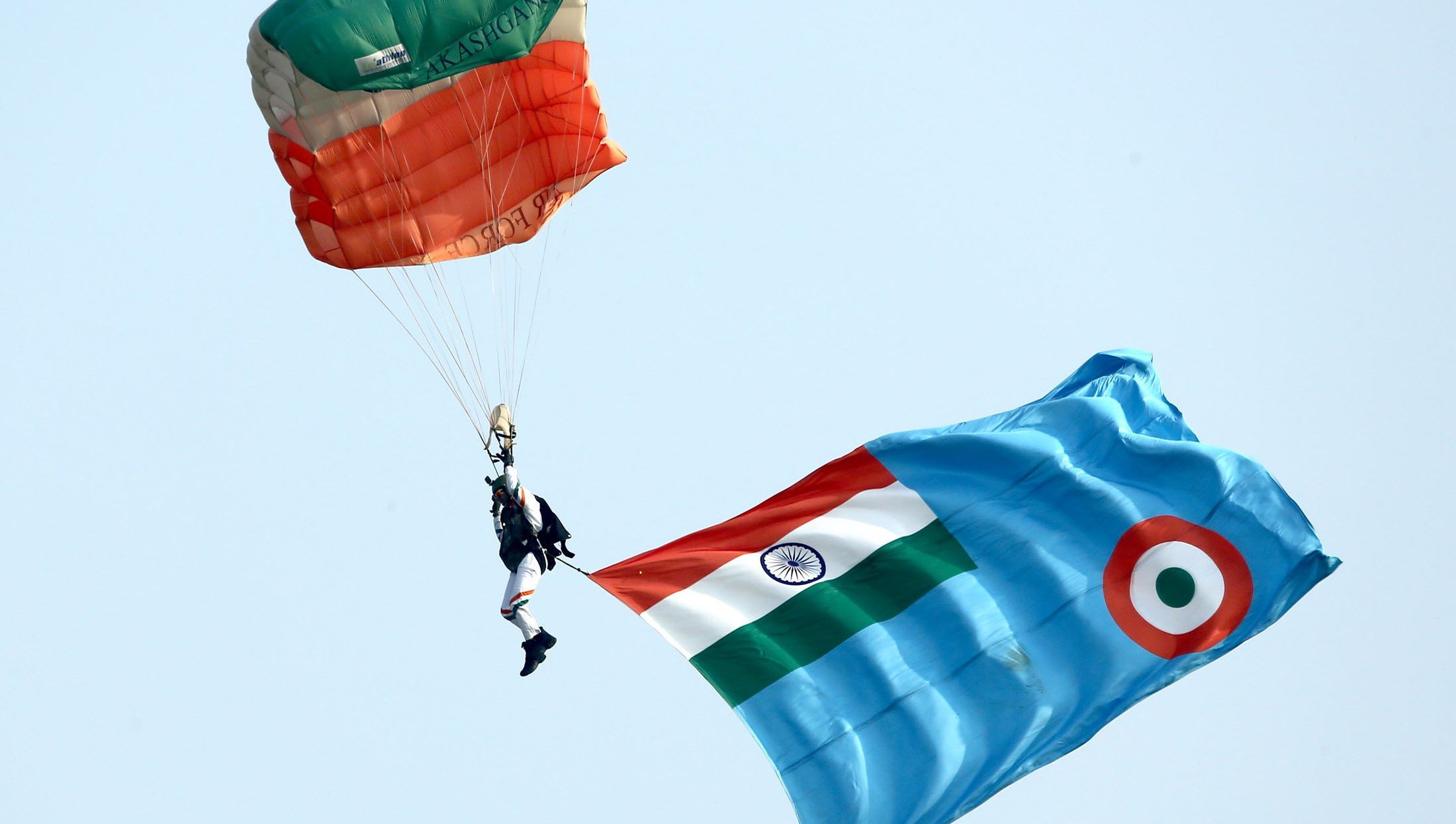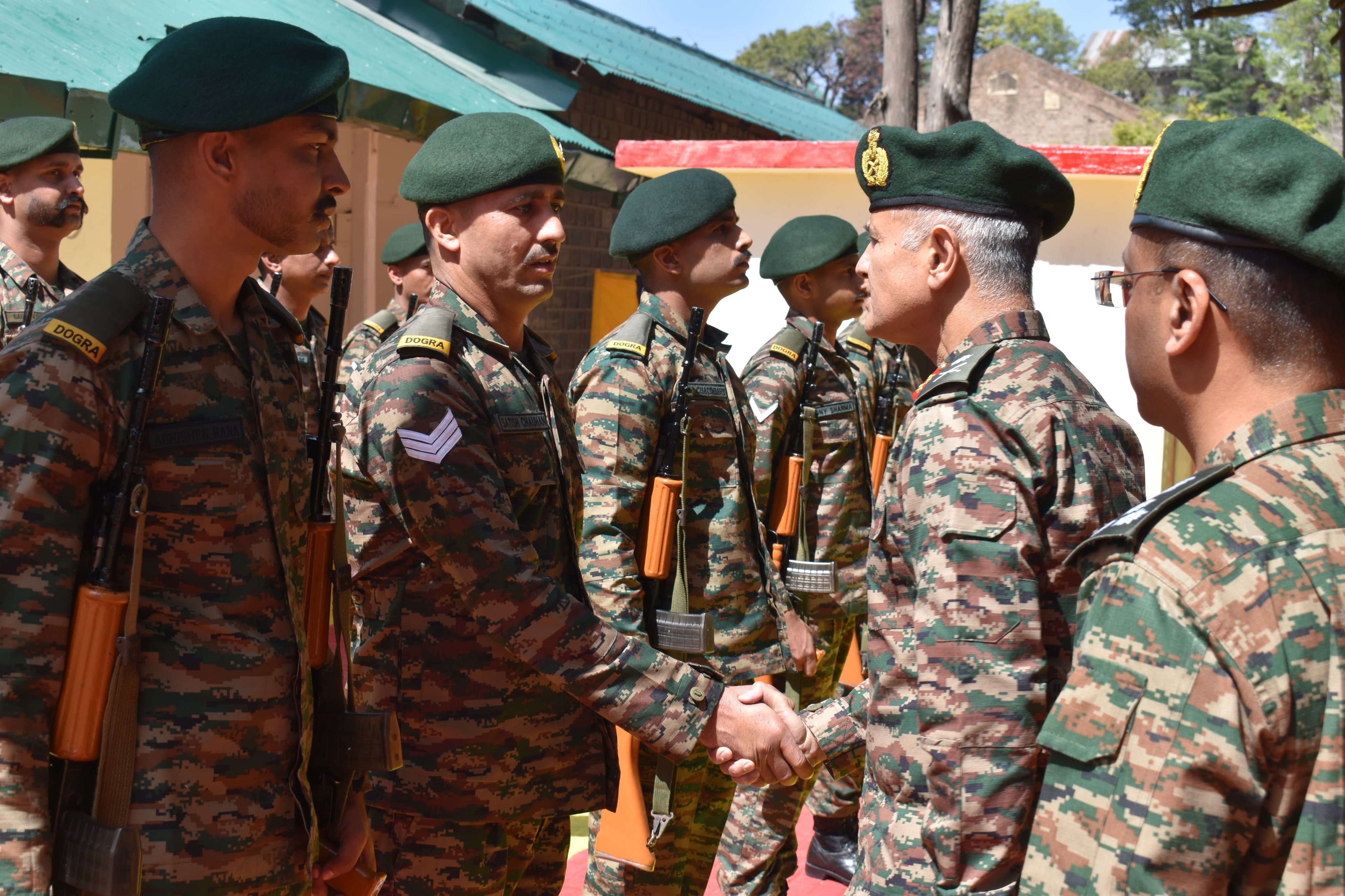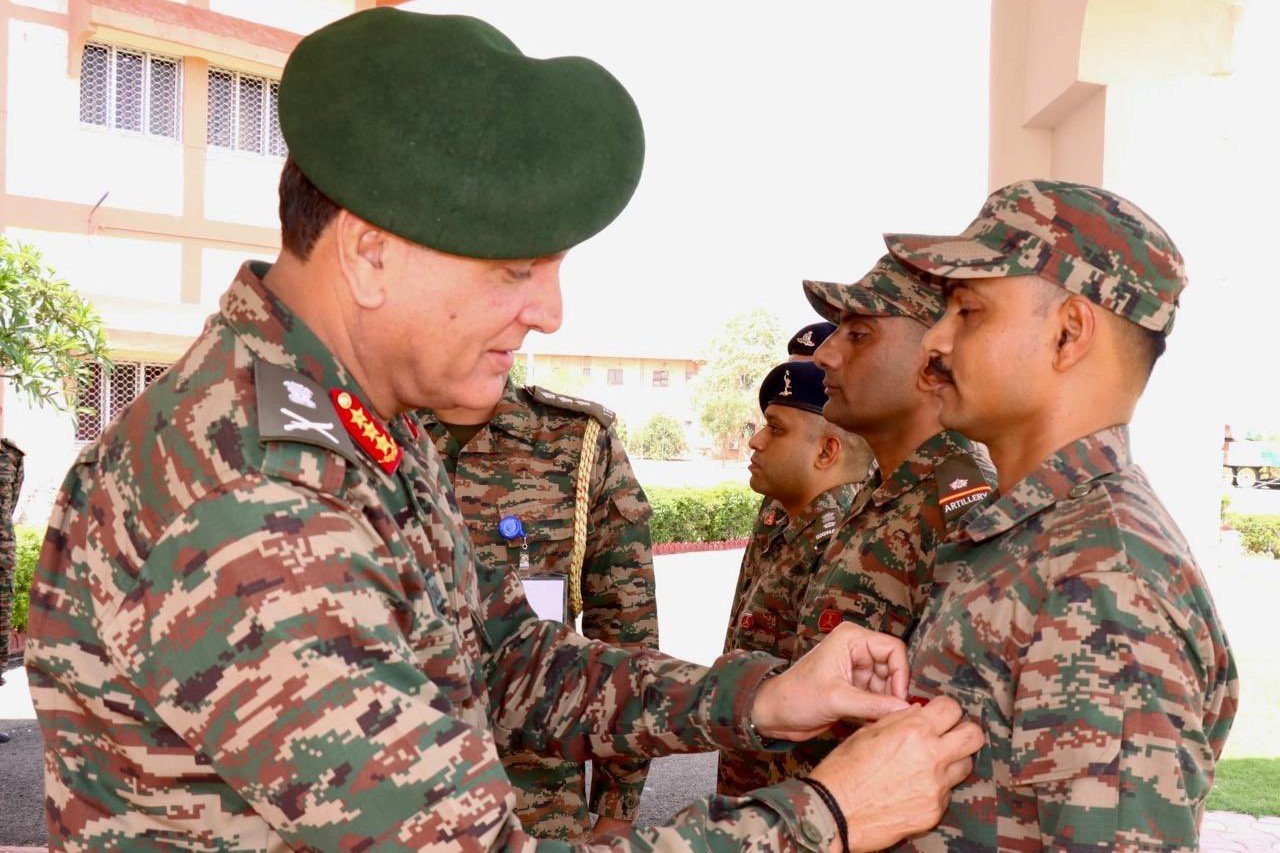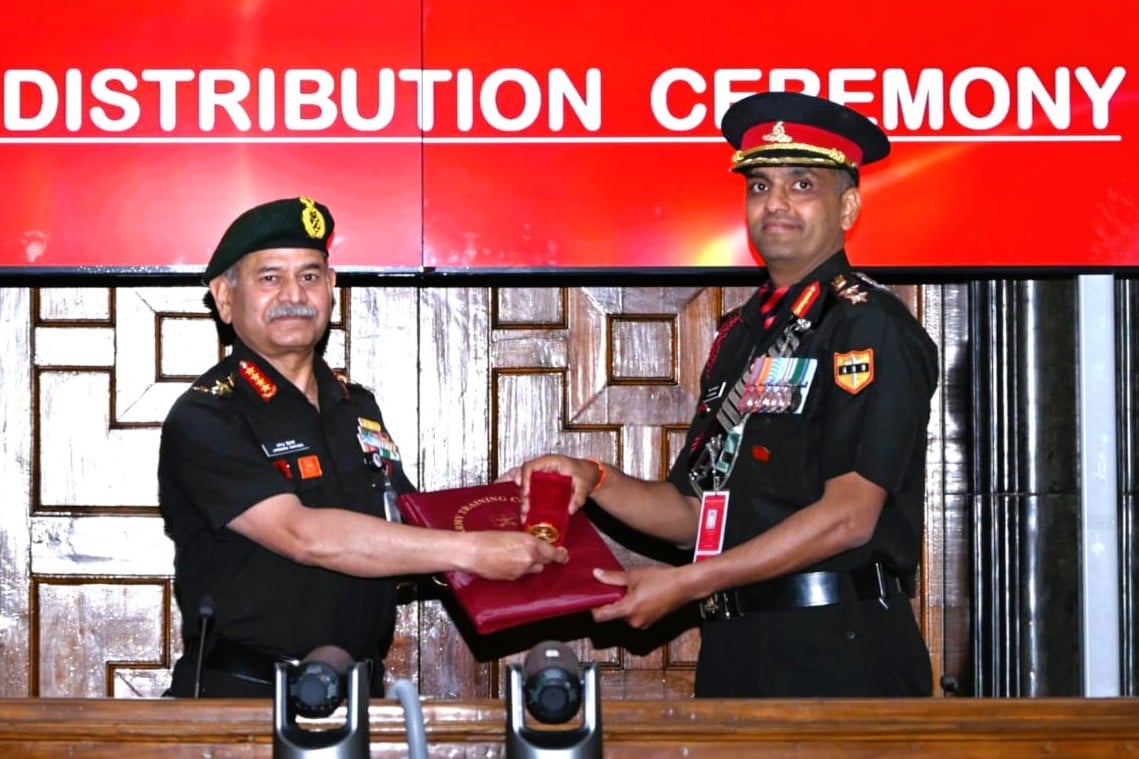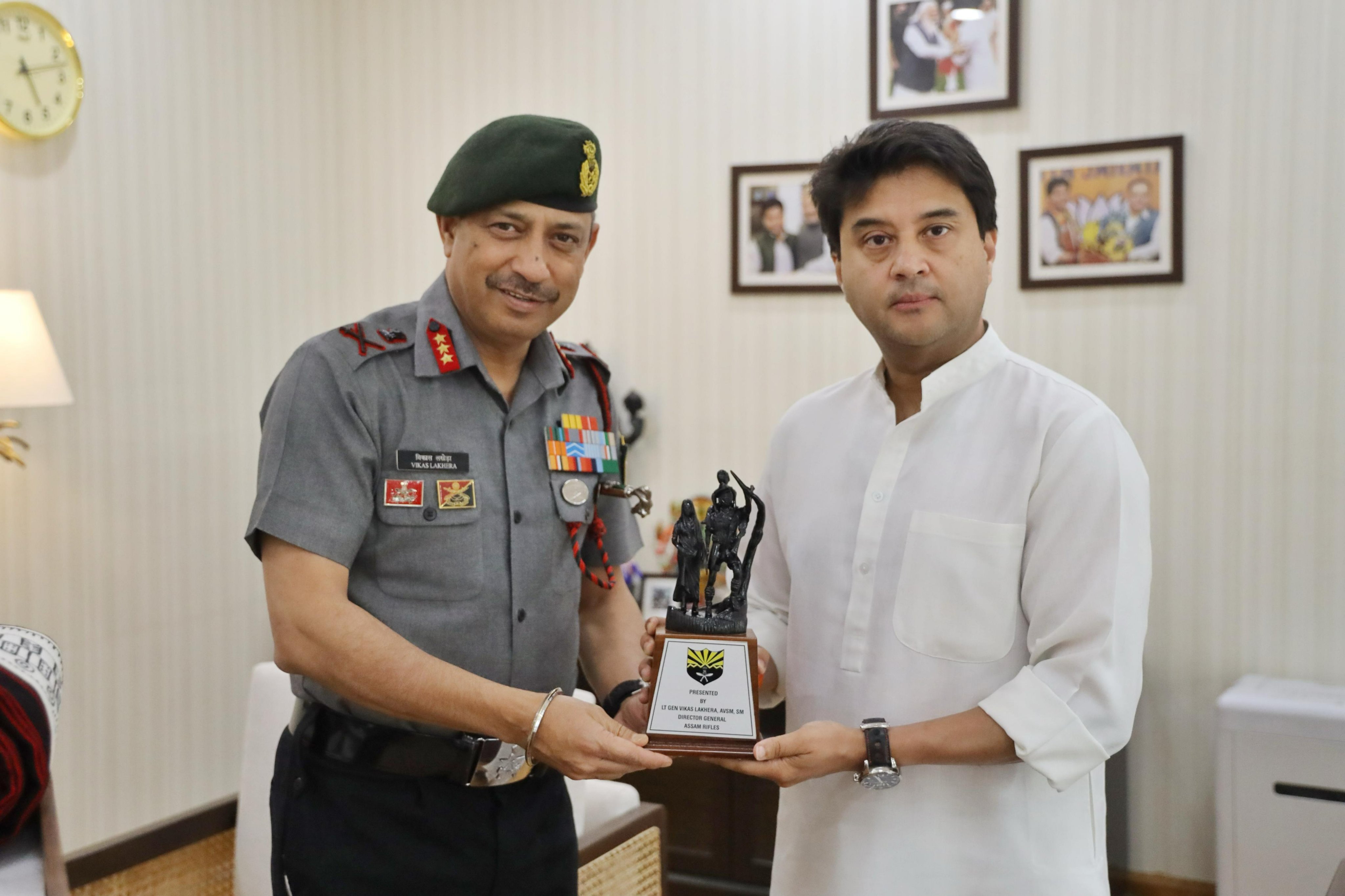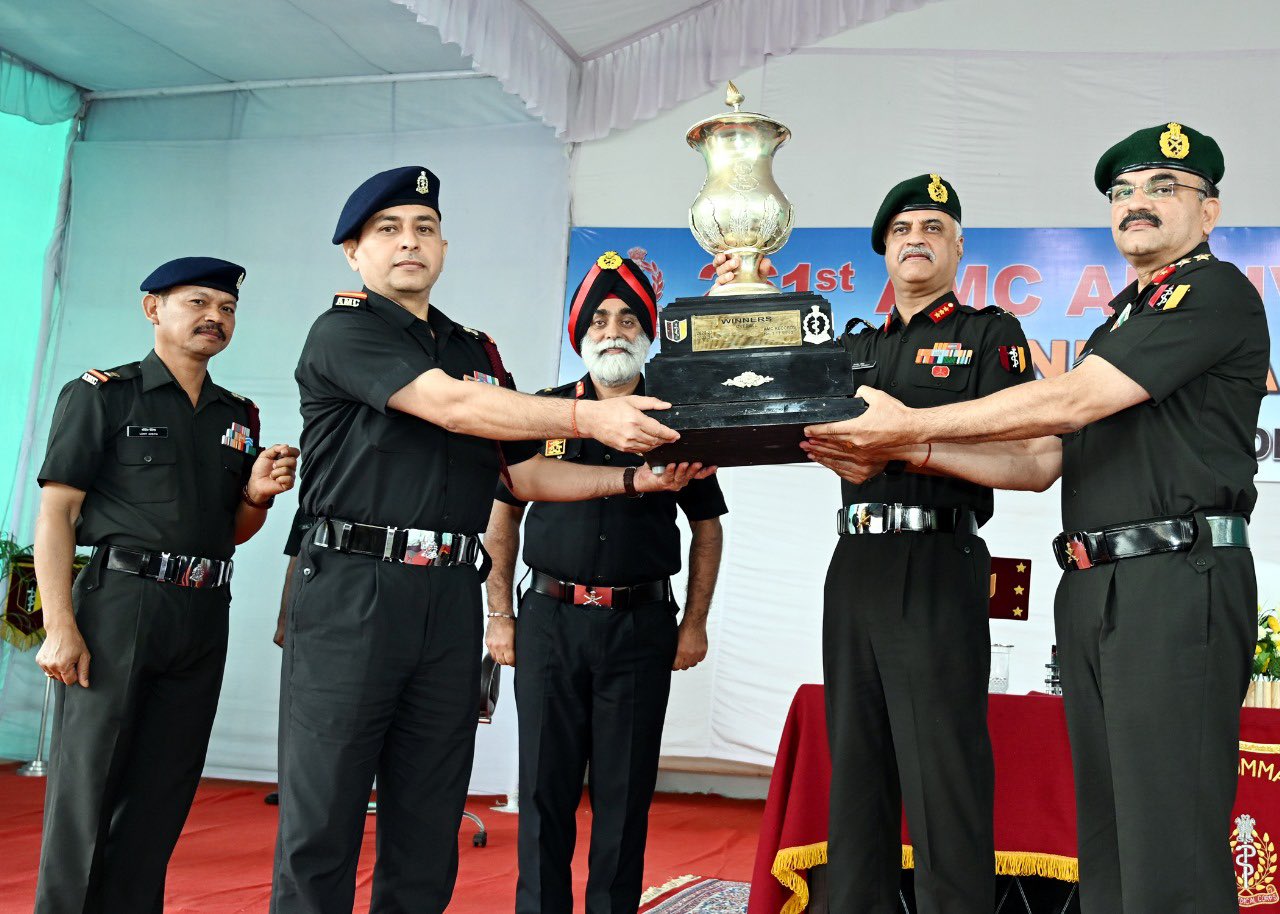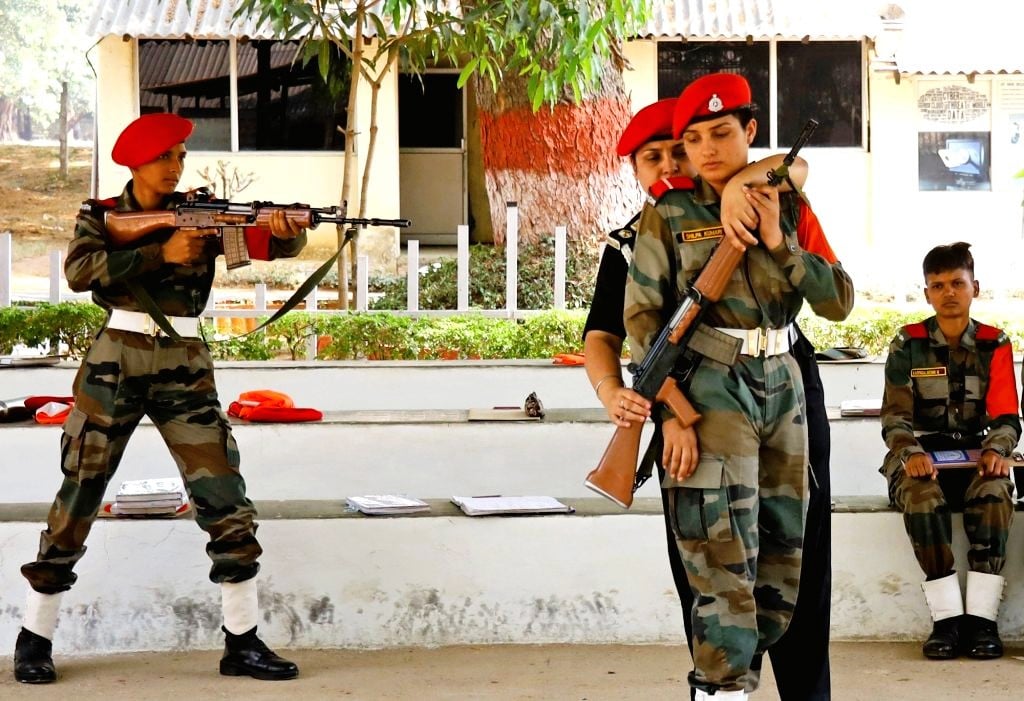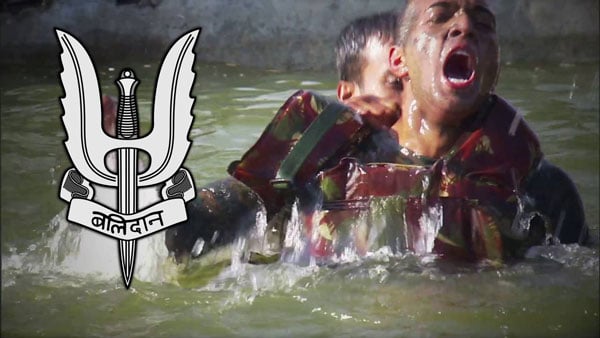The Indian government has positioned the indigenous Light Combat Aircraft (LCA) ‘Tejas’ as a flagship product for its defense exports, generating persistent interest from various countries. The aircraft’s journey began in 1984, and it has gained significant attention among potential foreign buyers. However, questions loom over the capability of Indian aerospace manufacturers to fulfill export orders should a deal materialize.
To boost international sales, India has ramped up diplomatic efforts to promote the Tejas fighter jet, with officials from the Ministry of Defence and the aircraft’s manufacturing teams actively engaging with foreign representatives. In November 2023, Prime Minister Narendra Modi took a historic flight in a twin-seater Tejas, marking the first sortie in a fighter jet by a serving Indian prime minister, showcasing confidence in the aircraft.
The Indian Air Force (IAF) first inducted the LCA Tejas in 2016, currently operating two squadrons of the aircraft. Historically, the Tejas has faced criticism for not being combat-proven, mainly due to its deployment in a relatively peaceful context within the Indian peninsula. However, the IAF has begun relocating its LCA squadrons to forward air bases along the western and northern borders, a move that could enhance its combat readiness.
Recently, the IAF has been participating in international war games, with notable exercises involving simulated engagements against advanced aircraft such as the German Eurofighter. The IAF intends to expand its fleet significantly, with orders placed for 83 and 97 LCA Mk1A aircraft, indicating a strong commitment to the platform.
Despite heightened interest from various nations, including Congo, Nigeria, the Philippines, Egypt, Malaysia, and Botswana, the LCA has yet to secure an export deal. In a highly competitive landscape, the Tejas recently lost a bid to supply second-hand F-16s to Argentina. Moreover, Malaysia opted for South Korea’s F-50 Golden Eagle over the Tejas, further showcasing the challenges facing the aircraft in the international market.
The ongoing question remains regarding the Hindustan Aeronautics Limited (HAL) and its ability to deliver on export demands. While HAL has successfully developed a functional fourth-generation fighter jet, production capacity is reportedly insufficient to meet both domestic and potential export orders simultaneously. The IAF has, to date, only received 38 LCAs, with the first Mk1A delivery delayed due to engine supply issues from GE Aerospace.
With HAL currently able to manufacture only eight LCA aircraft annually, plans are in place to boost this figure to 16 by 2025 and further to 24 per year thereafter. This production ramp-up involves collaboration with private sector players to enhance supply chains, as well as the establishment of a new manufacturing line in Nasik by late 2024.
The urgency surrounding the situation is underscored by the dwindling numbers of IAF fighter jet squadrons, which are currently at a critical low. The successful integration of indigenous fighter jets like the LCA Tejas is essential for India’s strategic capabilities, especially in light of regional tensions, notably with the Chinese Air Force.
Overall, while the Indian government’s commitment to promoting the LCA is strong, significant hurdles remain, including manufacturing capacity limitations and dependence on foreign suppliers for essential components. Whether HAL can effectively navigate these challenges to meet both domestic and international demands remains a central question in India’s defense strategy.

